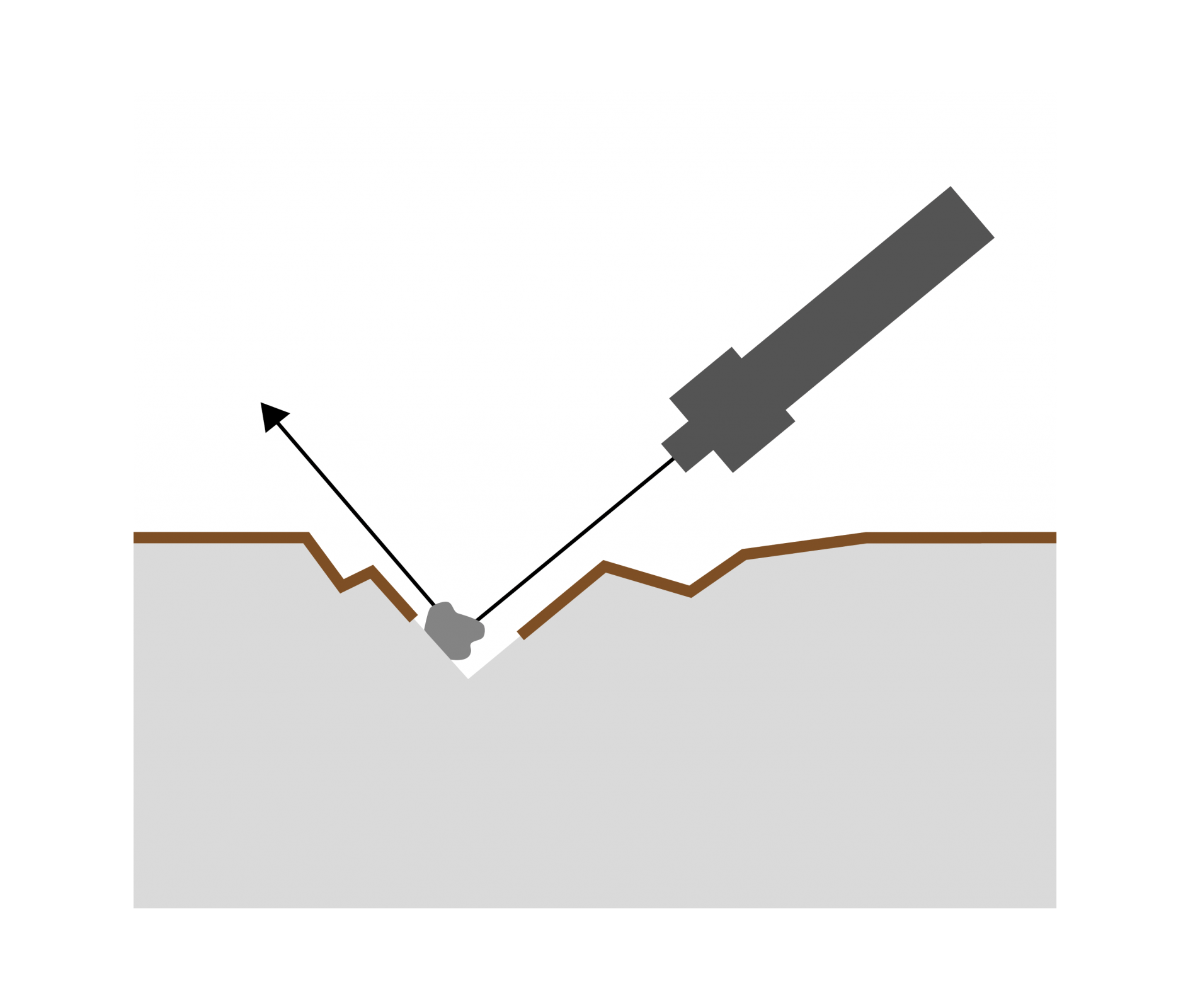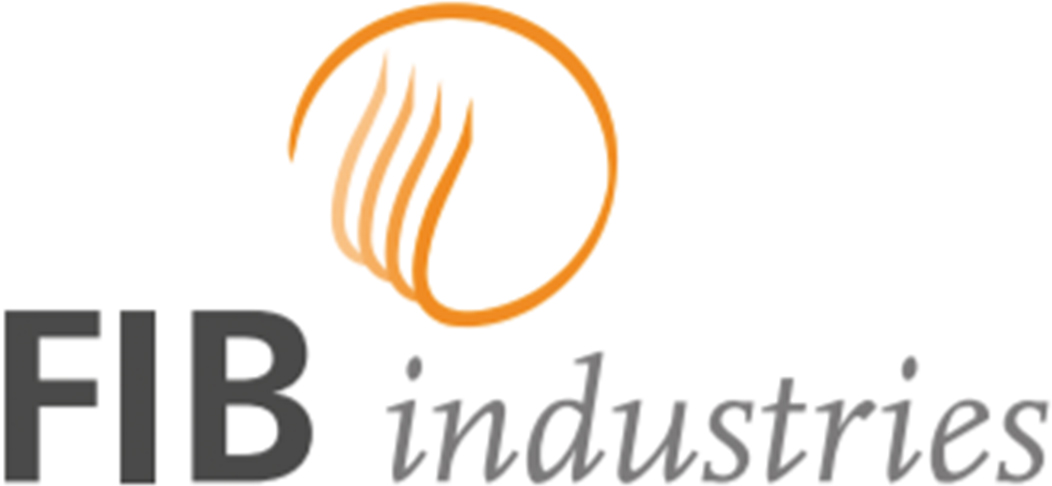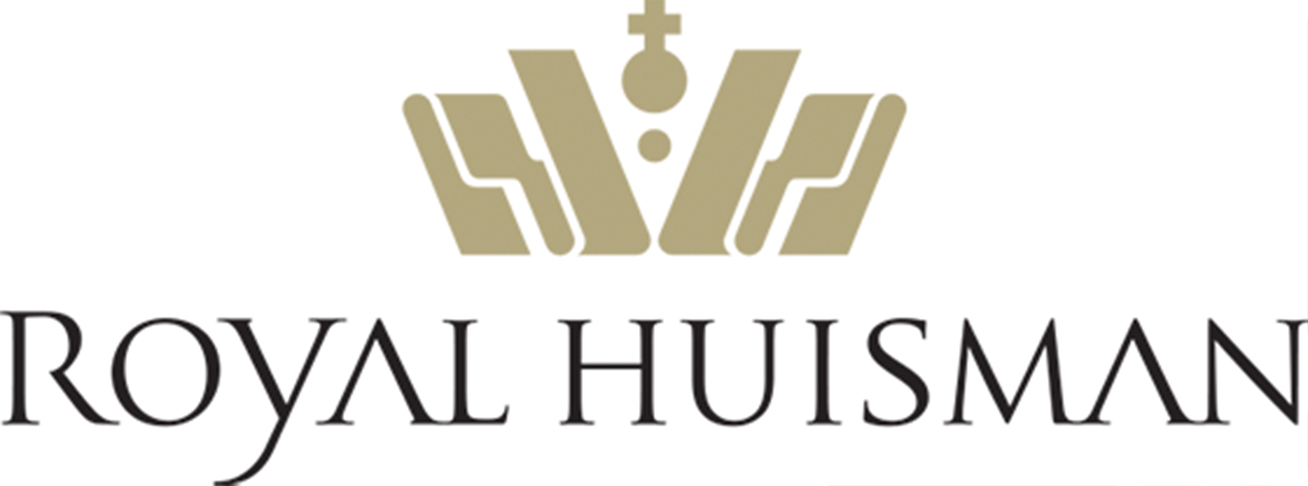SRI value:
Amount of dirt on surface after cleaning.
H2Ofinish
SRI < 0,010
More information

Dry blasting

Glass bead blasting

Wetblasting






































